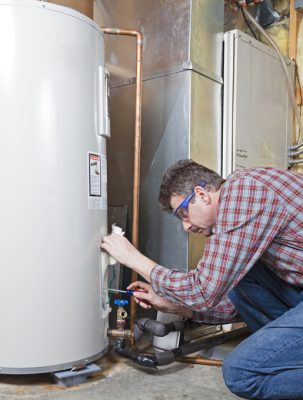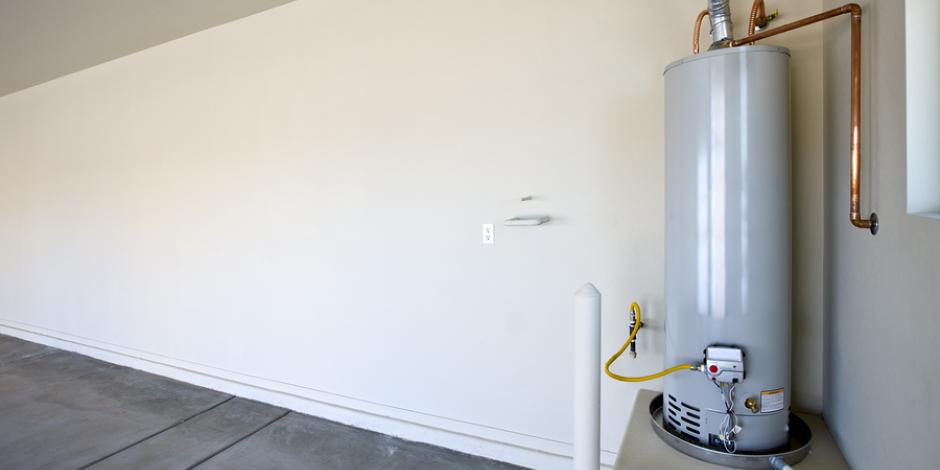Ways to Maintain Your Home's Hot Water System Functioning Well
Ways to Maintain Your Home's Hot Water System Functioning Well
Blog Article
The article author is making a few great pointers about Water Heater Maintenance Tips You Can't Afford to Forget in general in the content directly below.

Hot water is important for everyday convenience, whether it's for a refreshing shower or cleaning meals. To guarantee your warm water system runs efficiently and lasts much longer, routine maintenance is crucial. This write-up provides sensible suggestions and understandings on just how to preserve your home's warm water system to prevent disruptions and costly fixings.
Intro
Maintaining your home's hot water system may appear daunting, yet with a few basic actions, you can guarantee it runs smoothly for years ahead. This overview covers every little thing from recognizing your hot water system to do it yourself maintenance pointers and understanding when to employ professional assistance.
Importance of Keeping Your Warm Water System
Routine upkeep not only prolongs the lifespan of your hot water system but also guarantees it operates efficiently. Ignoring upkeep can result in reduced efficiency, higher power costs, and even early failing of the system.
Indicators Your Warm Water System Requirements Upkeep
Knowing when your warm water system requires interest can prevent major concerns. Watch out for signs such as irregular water temperature, unusual sounds from the heating unit, or corroded water.
Understanding Your Warm Water System
Prior to diving right into maintenance jobs, it's helpful to comprehend the basic components of your warm water system. Usually, this consists of the water heater itself, pipes, anode rods, and temperature controls.
Regular Monthly Upkeep Tasks
Routine month-to-month checks can assist catch small concerns prior to they intensify.
Flushing the Water Heater
Purging your hot water heater eliminates sediment buildup, boosting effectiveness and prolonging its life.
Monitoring and Replacing Anode Rods
Anode poles protect against corrosion inside the tank. Checking and replacing them when broken is vital.
Examining and Changing Temperature Level Settings
Adjusting the temperature level setups guarantees ideal efficiency and safety.
Do It Yourself Tips for Maintenance
You can execute a number of upkeep tasks on your own to keep your warm water system in top problem.
Looking for Leaks
Frequently check pipes and links for leaks, as these can cause water damage and greater costs.
Evaluating Pressure Relief Valves
Testing the stress safety valve guarantees it operates appropriately and stops extreme pressure buildup.
Shielding Pipelines
Shielding warm water pipes reduces warmth loss and can conserve energy.
When to Call a Professional
While do it yourself upkeep is beneficial, some concerns need professional knowledge.
Complex Concerns Needing Expert Help
Instances include major leakages, electrical troubles, or if your hot water heater is constantly underperforming.
Routine Professional Upkeep Advantages
Specialist upkeep can include thorough examinations, tune-ups, and guaranteeing compliance with safety and security requirements.
Verdict
Routine maintenance of your home's hot water system is essential for performance, longevity, and price savings. By adhering to these suggestions and recognizing when to seek specialist aid, you can make sure a trustworthy supply of hot water without unanticipated disturbances.
How to Maintain an Instant Hot Water Heater
Before tinkering with your hot water heater, make sure that it’s not powered on. You also have to turn off the main circuit breaker and shut off the main gas line to prevent accidents. Also turn off the water valves connected to your unit to prevent water from flowing into and out of the appliance. 2. When you’re done, you have to detach the purge valves’ caps. These look like the letter “T†and are situated on either side of the water valves. Doing so will release any pressure that has accumulated inside the valves while at the same time avoid hot water from shooting out and burning your skin. 3. When the purge valves’ caps are removed, you have to connect your hosing lines to the valves. Your unit should have come with three hoses but if it didn’t, you can purchase these things from any hardware or home repair shops. You can also get them from retail stores that sell water heating systems. Read the user’s manual and follow it to complete this task properly. When the hosing lines are connected, open the purge port’s valves. 4. You should never use harsh chemical cleaners or solutions when cleaning your unit. Make use of white vinegar instead. It should be undiluted and you’ll probably use about 2 gallons. 5. Now flush your water heater. This task should probably take about 40 minutes. We can’t give you specific directions for this because the procedure is carried out depending on the type, model and brand of your heater. With that being said, refer to the user’s manual. 6. When you’re done draining the unit, you have to turn off the purge port valves again. Remove the hosing lines that you earlier installed on each of the water valves. Put the valve caps (purge port) back in their respective places and be very careful so as not to damage the rubber discs that are found inside these caps. 7. Now that everything’s back in place, check your user’s manual again to find out how to reactivate your water heating system. 8. Once it is working, turn one of your hot water faucets on just to let air pass through the heater’s water supply pipes. Leave the tap on until water flows smoothly out of it. https://www.orrplumbing.com/blog/2014/september/how-to-maintain-an-instant-hot-water-heater/

As a serious person who reads about How to Maintain Your Water Heater & Prolong its Life, I assumed sharing that short article was a good idea. Please take a moment to distribute this post if you enjoyed reading it. I praise you for being here. Return soon.
Call Today Report this page